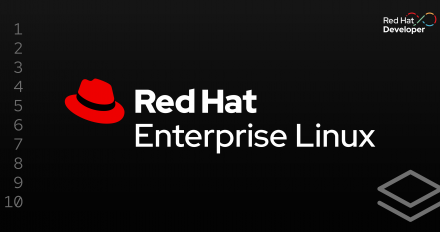
Run Ruby applications in FIPS mode on Red Hat Enterprise Linux
Learn how to run Ruby applications in FIPS mode on Red Hat Enterprise Linux (RHEL) using the Ruby OpenSSL library.

Learn how to run Ruby applications in FIPS mode on Red Hat Enterprise Linux (RHEL) using the Ruby OpenSSL library.

Your Red Hat Developer membership unlocks access to product trials, learning resources, events, tools, and a community you can trust to help you stay ahead in AI and emerging tech.

Explore the basics of quantum computing, its implications for real-world software development, and how it connects to Red Hat technologies like OpenShift.
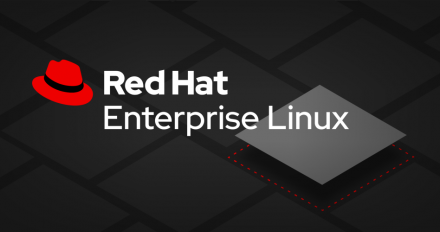
Learn how to sign RPM packages in RHEL 10.1 using quantum-resistant cryptography to protect your software with stronger signatures.

Go from a fast Jenkins pipeline to a fast and more secure one with Red Hat Advanced Developer Suite, adding signing, SBOM validation, and runtime enforcement.
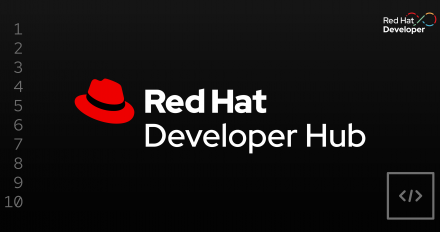
Discover how Red Hat Advanced Developer Suite helps developers strengthen their Jenkins CI/CD pipelines and innovate at speed.

GCC 15 brings better error messages and diagnostics for your code, including prettier execution paths and easier-to-read compiler errors for C++ templates.
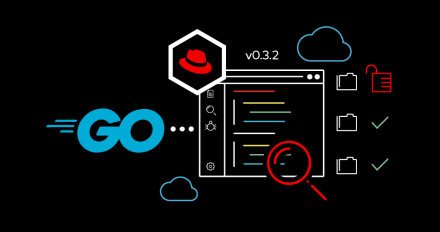
Discover the benefits of native FIPS support in Go 1.24 and Red Hat's contributions to FIPS implementation.

Learn about the benefits and security features of image mode for Red Hat Enterprise Linux, including zero-drift supply chain.
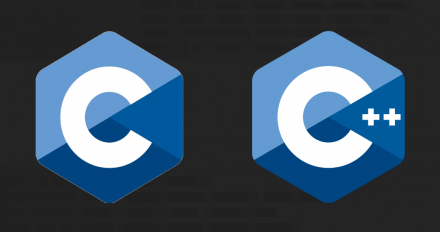
C2y makes memcpy(NULL, NULL, 0) and other zero-length operations on null pointers well defined. This removes a source of bugs that may result in security issues.

Find out what's new in Red Hat Enterprise Linux (RHEL) 9.5, including enhancements for workloads, container management and security, and Identity Management.
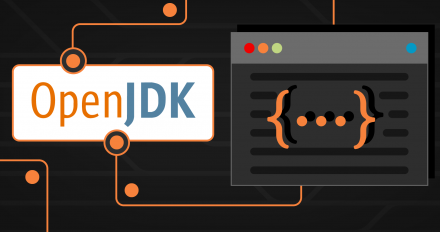
Log4Shell exposed a massive security gap in widely used open source software. Learn how a multidimensional analysis approach could help you prevent the next big vulnerability in your stack.

Explore how to modify a non-standard library cryptography operation to call into OpenSSL conditionally based on system FIPS requirements.
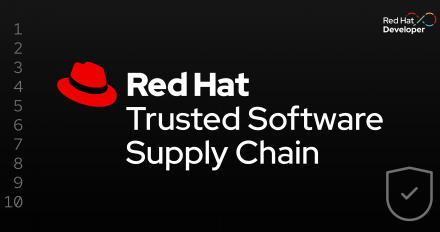
As cyber threats become increasingly sophisticated, organizations need robust

Aside from naming and versioning, managing sensitive assets, like credentials, is one of the more challenging aspects in technology. So, why is it so difficult? Well, to start off. What may be considered a sensitive asset to one individual or organization may not be the same as another. Also, given that there are so many different ways that sensitive assets can be managed, there is no universally accepted method available.
The challenges that encompass how sensitive assets are handled also apply to image mode, a new method that enables building and deploying Operating Systems using similar tools and approaches as any other traditional container. In this article, we will discuss the types of sensitive assets that apply to image mode for RHEL specifically and how to design appropriate workflows to incorporate secure practices within all phases, from build and deployment to runtime.
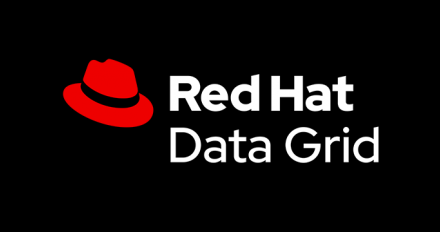
An intelligent, distributed caching solution that boosts application performance, provides greater deployment flexibility, and minimizes the overhead of standing up new applications.


1.0.2 Maintenance Release Announcement In case you were wondering why there hasn

Find out how you can track and report on vulnerabilities across a large container registry like Quay.io using Clair, the open source container security tool.
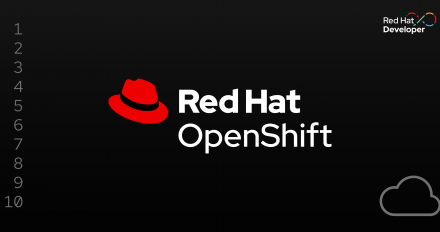
Explore the benefits of hosted control planes, a new deployment model for Red Hat OpenShift Service on AWS based on the HyperShift open source project.
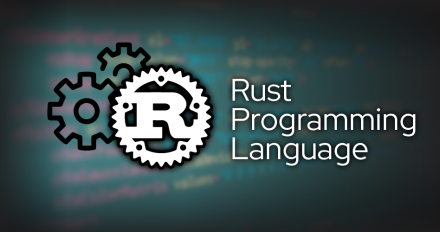
Explore Rust features that can help you write more secure code, along with techniques and tips to help make software more resilient to attacks.
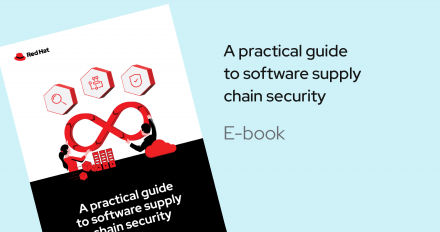
Download this e-book to learn key concepts for building security into your software supply chain, along with best practices for implementation.
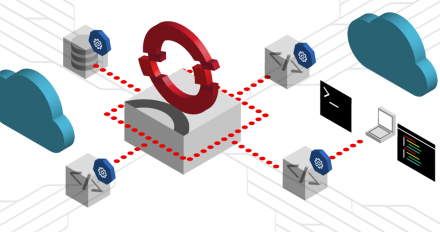
Learn the basics of OperatorPolicy, a new kind of resource, and how you can use it to manage Operator Lifecycle Manager resources across a fleet of clusters inside the policy framework.
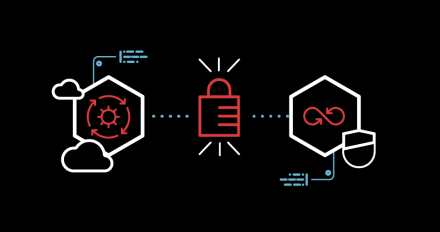
Learn how Red Hat Lightspeed can synchronize its system tags with external sources, such as Amazon Elastic Compute Cloud (EC2) and Microsoft Azure.
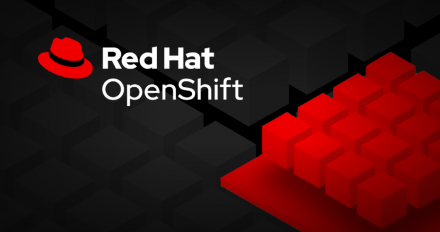
Learn about the ComplianceAsCode project for Red Hat OpenShift, which aims to provide security and compliance content for various distributions and products.